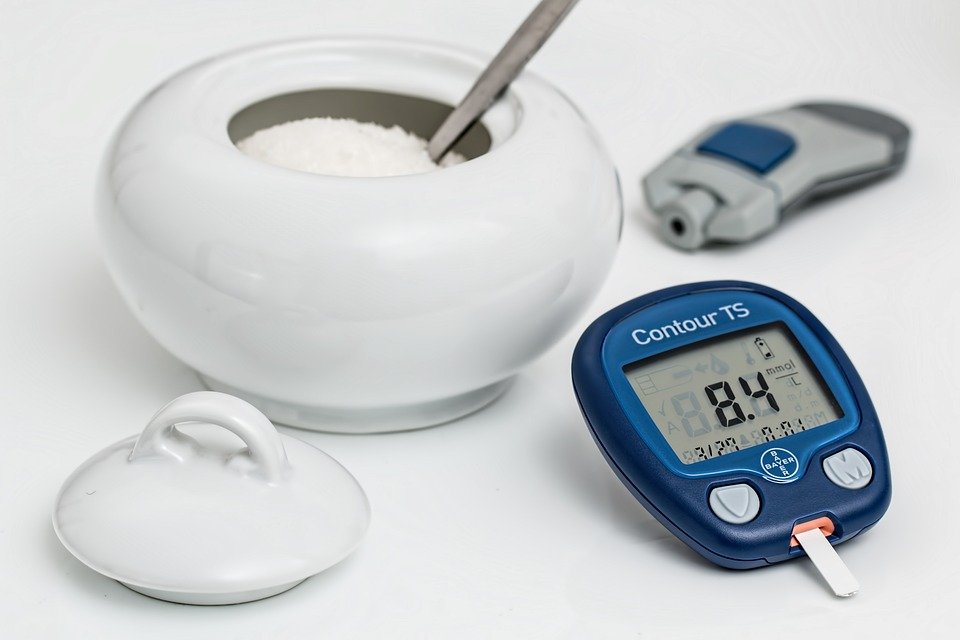Overview
Mobile phones and capsules have become the most practical means of communication, especially in large cities. In recent years, exposure of the general population to RF fields from cell phones and other communication devices has been shown to be high and persistent. The number of mobile phone users has increased from 5 billion to 7.4 billion. The development of mobile phones has raised health safety concerns in recent years. This study reflects the general interest in cancer among young adults. The possibility that a minority of people experience anxiety and other signs and symptoms in response to cellular support has become overstated.
The radiation emitted by mobile phones and tablets is electromagnetic radiation of the microwave type (1800-850). Subjective evidence suggests that frequencies generated by cell phones and base stations can affect human health.
Much research has been conducted on the effect of electromagnetic waves on biological diseases of the body, and tumors, pores and skin, especially pores and cancer are increasing. Dermatitis is important because of its high incidence, the nature of the disease, and its benefits across a wide range of lives (skin inflammation causes pain and inflammation in 21-87% of those affected). As for skin diseases, the economy of all age groups is burdened with a disability (18th). For skin diseases, environmental factors are less satisfactory. Most studies in this condition have been performed in animals. Effects of radiation exposure on cells include superficial thickening, skin atrophy, deep proliferation, vascular proliferation, damage to collagen tissue in pores, and protein expression in human skin and mice. You can see changes in your skin. in protein technology.
The lack of research on the link between cell phone use and the risk of pore and skin disease prompted us to turn to schools in the process.
Precise level
Cell phones are low-frequency radios operating at frequencies between 450 and 2700 MHz at high power, on the order of 0.1 to 2 watts. The best cell phones work as they grow. The performance (and thus the user’s RF gain) decreases rapidly with increasing distance from the phone. People use cell phones and smartphones at a distance of 30 to 40 cm from their body. For example, if you’re texting, using the internet, or using a “hands-free” device, you’re exposed to less radio frequency than someone holding the phone to their head.
Using a phone in the correct reception area will also reduce your ads because the smartphone transmits with less power. The use of commercial equipment is not effective in reducing radio frequency transmission. Cell phones are generally prohibited in hospitals and airplanes because radio frequency signals can interfere with some electronic devices and navigation systems.
Does it affect your health?
Extensive research has recently been done to evaluate how cell phones pose potential risks. So far, there have been no negative impacts related to cell phone use.
Short-term impact
Tissue heating is the main mechanism of the interaction between the frequency and the human skeleton. The temperature rise in the heart and other body organs is very small because the maximum is absorbed by the skin and other tissue surfaces at the frequencies used in cell phones. Numerous studies have investigated the effects of radioactivity on brain activity, intelligence, sleep, heart rate and blood pressure in volunteers. Research has not provided consistent evidence that tissue heating results in health benefits from radio wave stimulation at any level lower than those believed. Additionally, research cannot provide insight into the relationship between radiation exposure and self-reported symptoms or “radiation allergy.”
Long-term impact
Epidemiological studies that have examined the long-term risk of radioactivity have often found an association between brain tumors and cell phone use. However, since many cancers cannot be discovered until years after the cancer-causing interaction, and cell phones were not widely used until the 1990s, the best epidemiological studies have identified these cancers. It becomes clear with a short period of time. However, results of animal studies still show that long-term exposure to radiofrequency does not increase the risk of cancer.
Several large international studies have been completed or are ongoing, including controlled trials and prospective studies of some of the benefits of physical activity in adults. Interphone, in collaboration with the International Agency for Research on Cancer (IARC), is the largest retrospective study using data from adults to determine whether cell phone use is associated with head and neck cancer.
An international analysis incorporating statistics from 13 participating countries showed that cell phone use for more than 10 years does not increase the risk of developing glioma or meningioma. People who talk to their smartphone about 10% of the time show signs of an increased risk of glioma. There is no fixed way to increase the risk over a longer period of use. The researchers concluded that bias and error limit the strength of these conclusions and are looking for an interpretation.
Based on the magnitude of this data, the IARC has classified radio frequency electromagnetic fields as potentially harmful to humans (Category 2B). This classification is a practical measure, although the offense can be believed, but risks, prejudice or influence cannot be ruled out. With good intentions. With recent knowledge about mobile phone use and potential longevity, especially among young people, has the World Health Organization conducted similar studies in its organization? Positive effects have been studied.
Disease control measures
The upper limit of radio frequency for mobile phone users is determined by the SAR, which is the amount of radio energy absorbed by the human body. Currently, one or two organizations around the world are developing policies to support their staff, and often in addition to their current diagnosis or treatment of patients. These guidelines are often based on a detailed analysis of available scientific evidence.
Conclusion:
Our decisions show that long-term exposure to electromagnetic radiation from mobile phones can have health effects, including most types of cancer, such as: B. improving bone quality and reducing the effects of chemotherapy. Many advantages of stimulation by electromagnetic radiation are mentioned.



